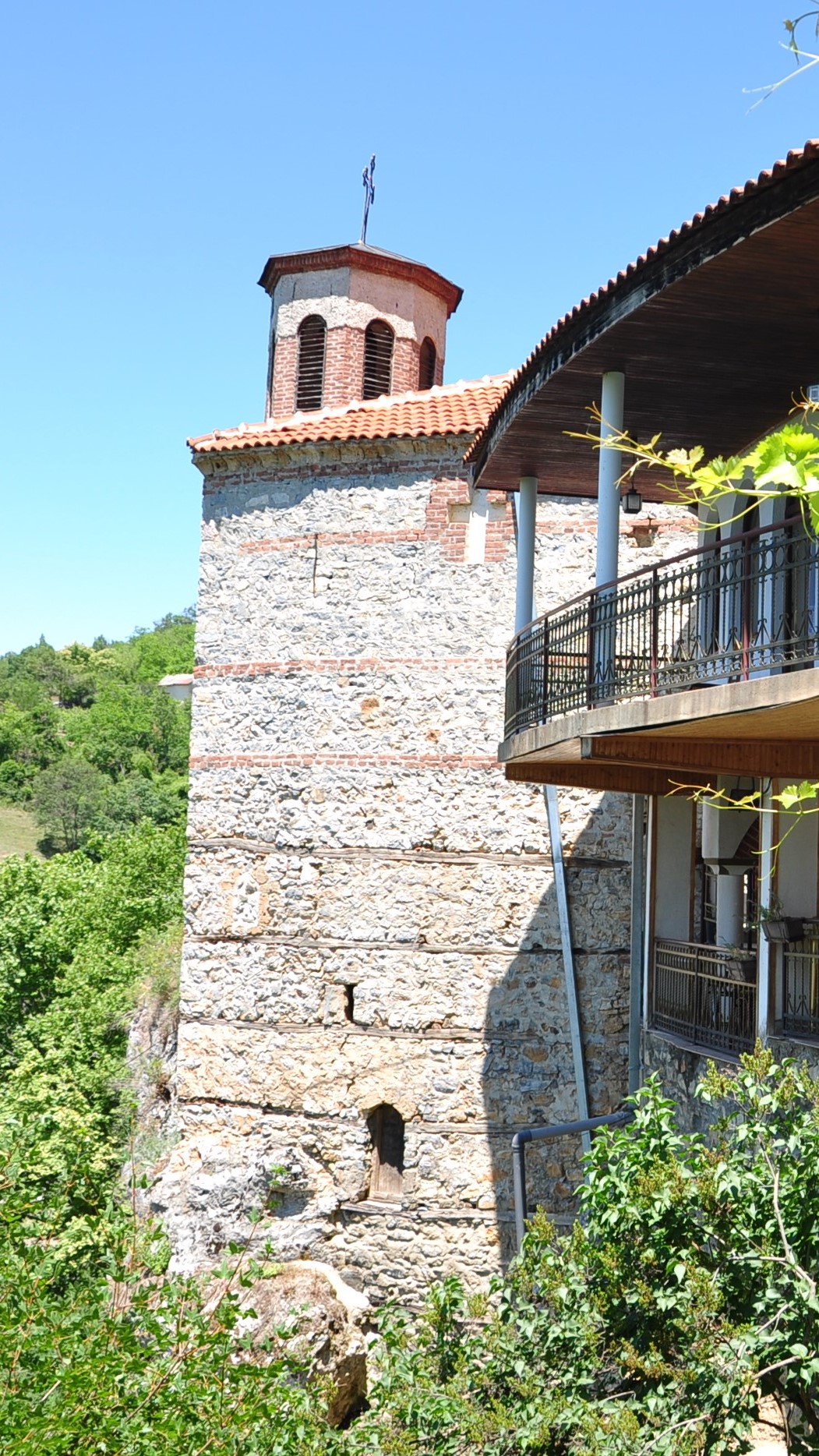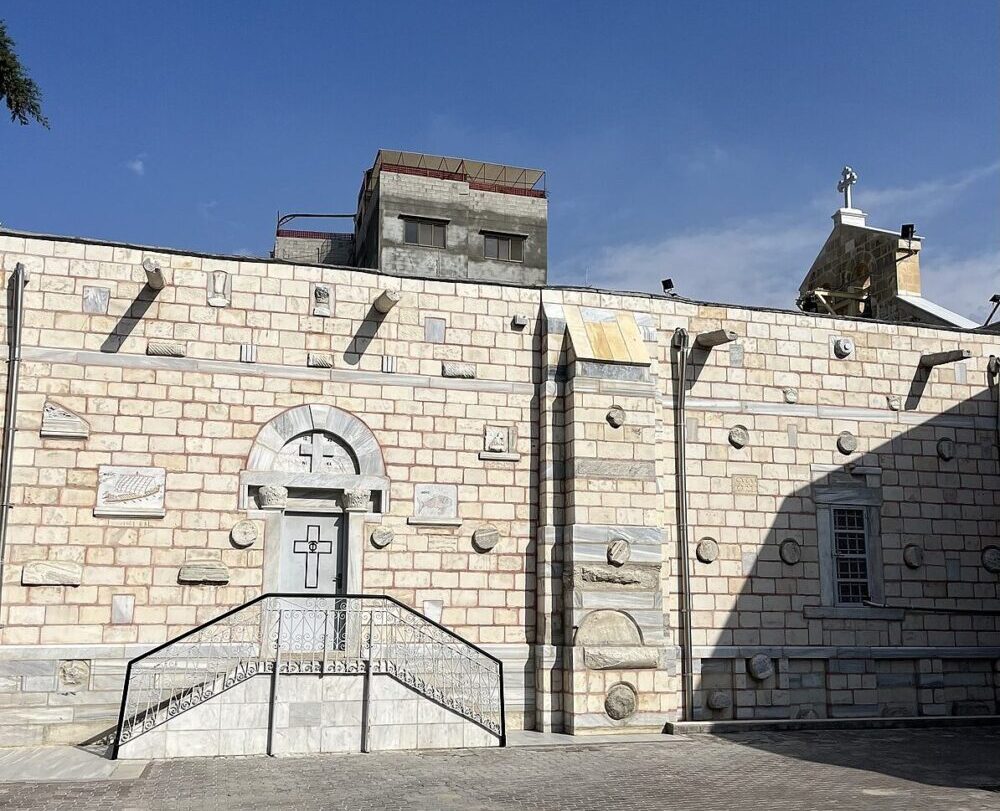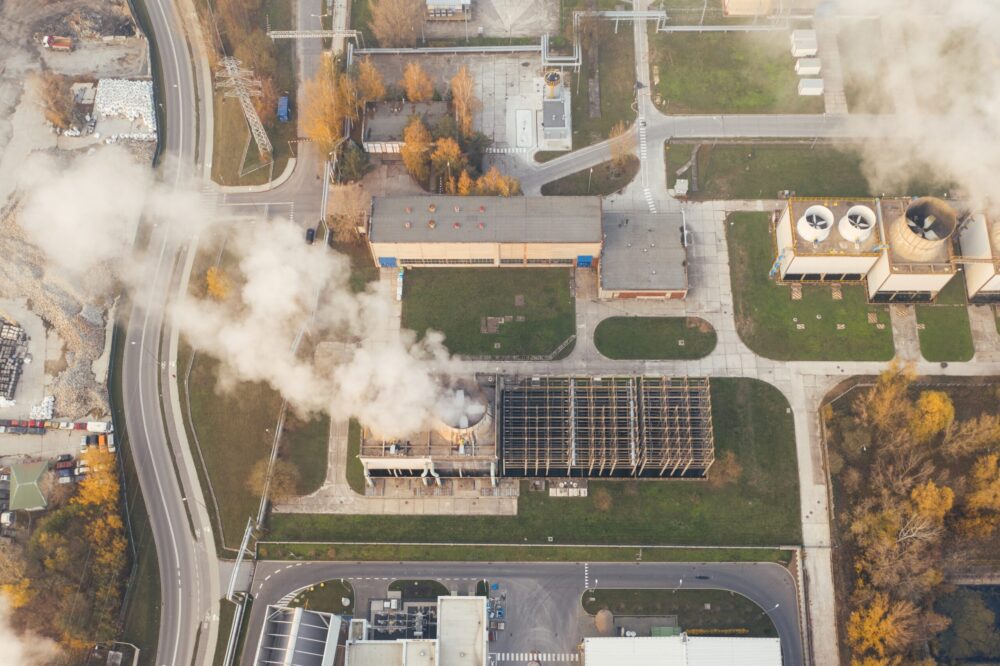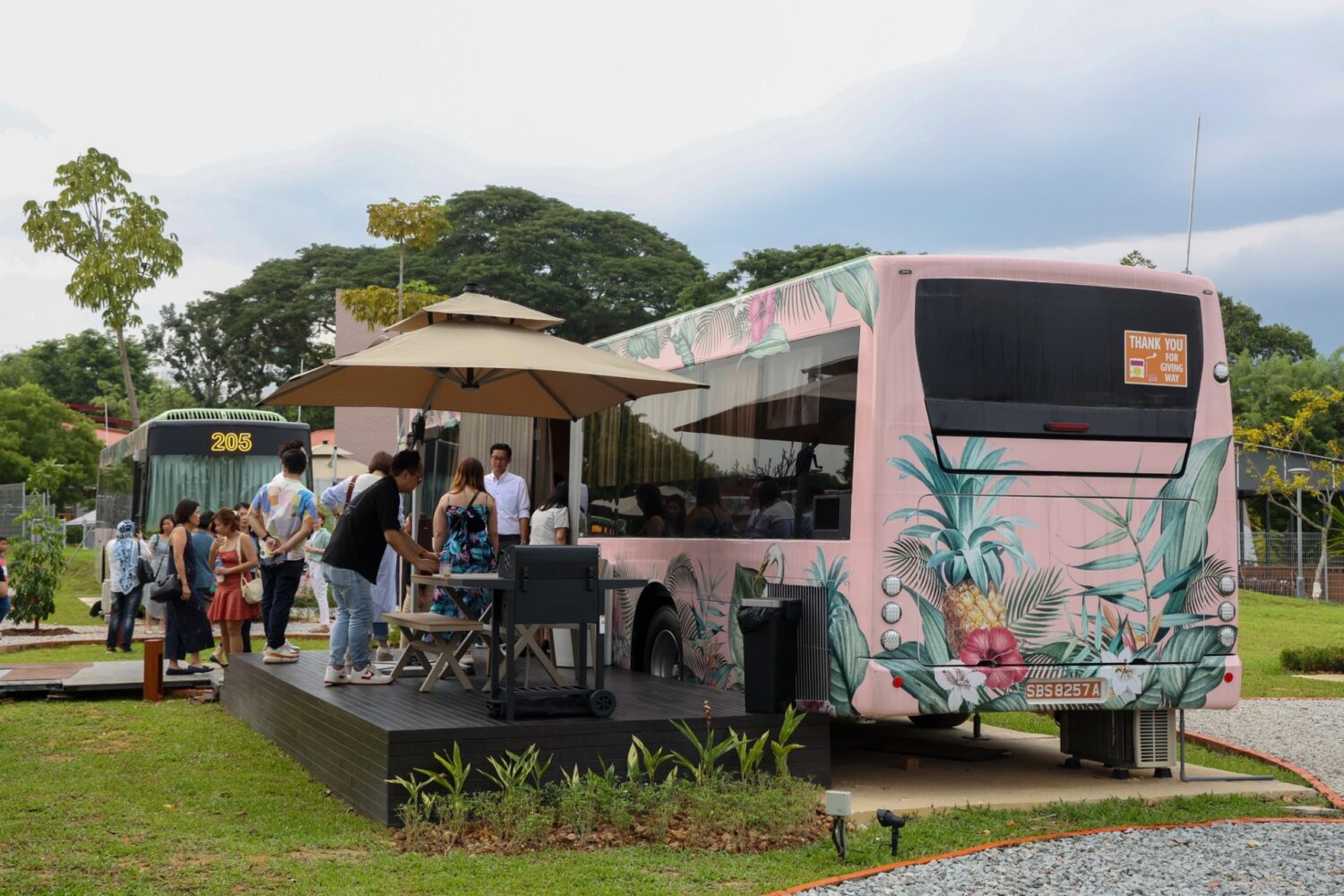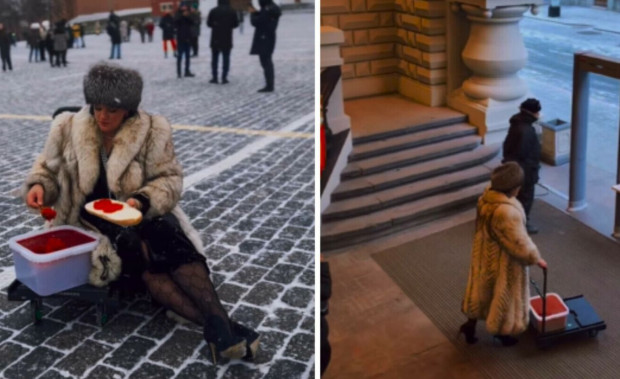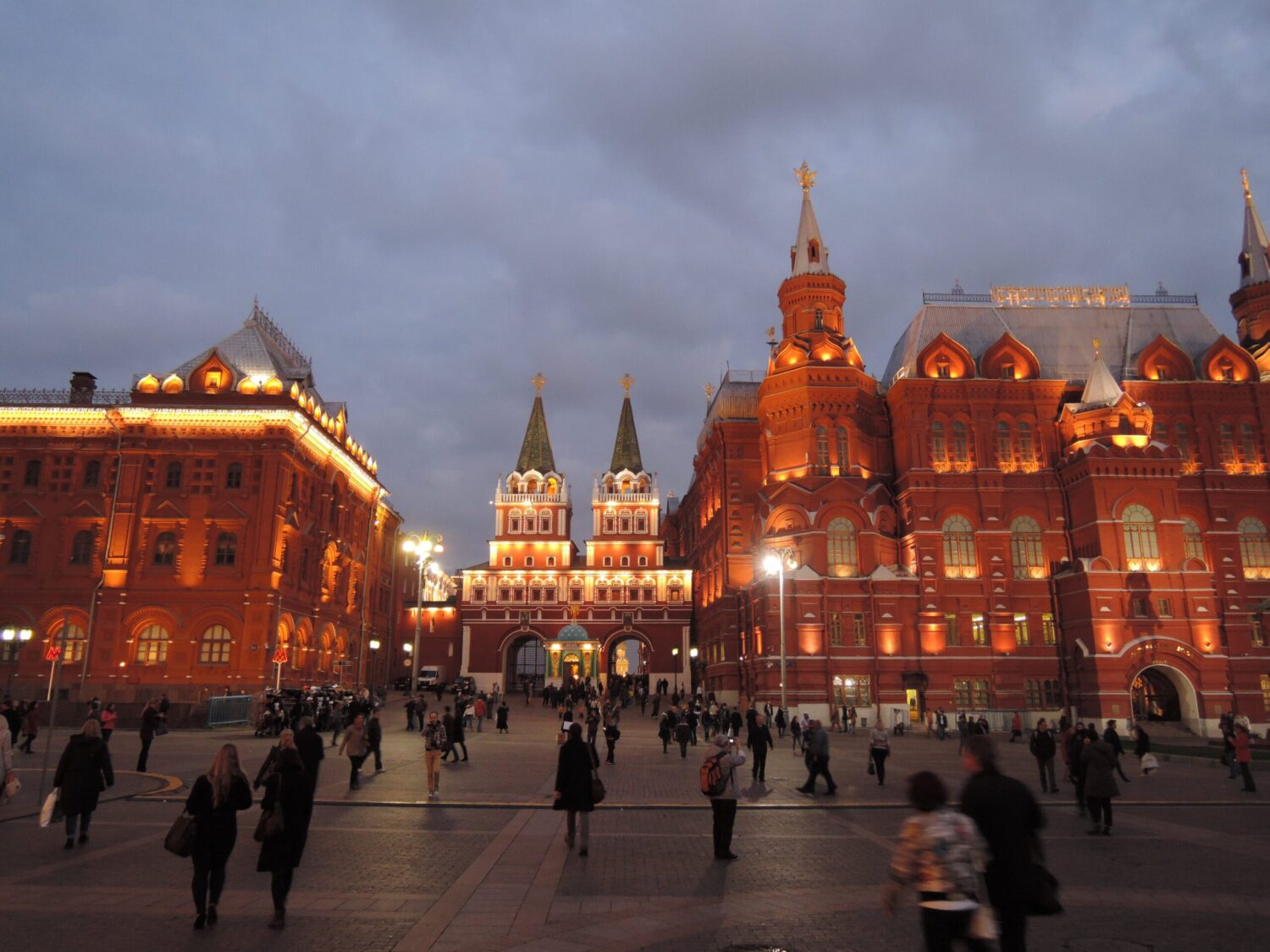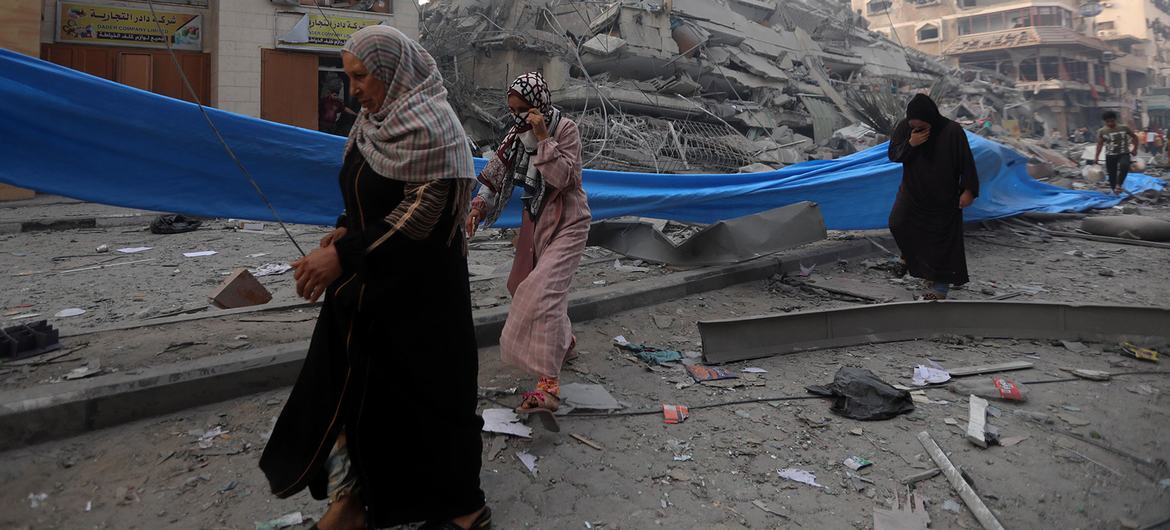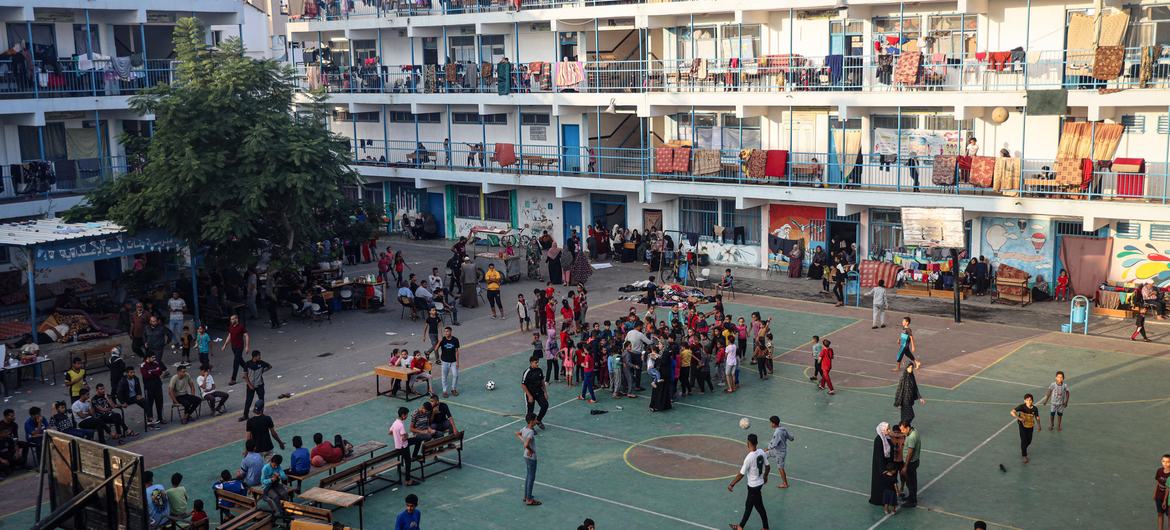Last week, a study by the international organization “ICOMOS Macedonia” was presented in North Macedonia, dedicated to the state of churches and monasteries in the country. The study of 707 churches by experts is within the framework of the project “Monitoring the Orthodox Cultural Heritage”. It has shown the current state of all the temples, the risks they face, specific advice for overcoming the problems has been identified.
“Monitoring of the Orthodox Cultural Heritage” is a project implemented by the National Committee of the International Council for Monuments and Sites ICOMOS Macedonia. It is an extensive project aimed at monitoring and assessing the state of preservation, conservation and protection of immovable Orthodox cultural heritage in St. Macedonia and is fully supported by the US State Department’s Cultural Heritage Center as part of its Community Heritage Documentation Initiative. The project is implemented in partnership with the Macedonian Orthodox Church – Ohrid Archdiocese.
In the past year, expert teams of this organization visited and assessed the condition of church buildings in all eight dioceses in the country, and for each building a detailed report was published on where it is located, when and by whom it was built, as well as in what condition it is in.
For example, for the temple “St. Andrei” near Matka (14th century) is said to be threatened by the flow of water inside: “On its western side, the church borders the mountain slope, which is in close proximity to the building. When it rains, water flows inside the building, creating problems related to capillary damp in the interior itself… Due to the presence of moisture and inadequate furnishings, there is a risk of damage to the interior.”
For the country’s most famous church, Hagia Sophia in Ohrid, the report says that the building is being damaged by vegetation that is not being removed: “The wooden brackets of the exonarthex are visibly damaged, there are parts of the joints that have been damaged on all sides of the church, there is vegetation on the walls and roof.”
About the monastery “St. Naum” experts warn the chairs placed in the nave for believers not to touch the frescoes because they destroy them. “It is necessary to separate the chairs from the murals and, if possible, remove certain chairs. The metal (sheet metal) canopy should also be removed and a more suitable solution found for the candle-lighting area,” the recommendation reads.
The famous church “St. John the Theologian Kaneo” on the shore of Lake Ohrid is warned of a damaged installation: “The interior has outdated electrical installation and lighting, as well as inappropriate brackets above the west entrance of the church.”
Experts recommend lighting candles inside the monastery “St. Joakim Osogovski” in Kriva palanka to be banned, by setting aside places for this purpose outside the church with the wall paintings.
A special warning was issued for the Skopje church “St. Dimitar”, north of the Vardar River, near the Stone Bridge. “On the north wall, in the central upper area, in the opening where the fan is placed, water is seen pouring in, which is having a damaging effect on the frescoes. There is slight damage to the capitals of the columns in the gallery. There is an intertwining of internal exposed installations, electrical, heating, cooling, and a possible fire hazard,” the report for this church building warns.
About the famous monastery “St. Gavriil Lesnovski” writes that the painting in the higher parts of the temple, i.e. in the nave directly under the dome space of the vaults, is almost completely irretrievably lost. “If the roof leaks, which are the main problem, are not stopped, there is a threat of the loss of other parts of the mural and the possible total loss of the murals or at least serious damage,” the post said.
In the monastery “St. Panteleimon” in Gorno Nerezi near Skopje, the four facade walls of the church show black vertical traces of lichen caused by the pouring of rainwater from the lead gutters, experts warn.
ICOMOS Macedonia is a multi-expert organization and is part of the Paris-based ICOMOS International Committee, which is the world’s largest expert non-governmental organization in the field of cultural heritage conservation.
The National Committee of the International Council for Monuments and Sites ICOMOS in Macedonia (abbreviated as ICOMOS Macedonia) is a member of the International Council for Monuments and Sites ICOMOS based in Paris. ICOMOS is the world’s largest professional non-governmental organization in the field of protection and conservation of cultural heritage. The focus of interest of ICOMOS is the promotion of the application of theory, methodology and scientific techniques for the conservation of architectural and archaeological heritage. Worldwide, ICOMOS counts close to 11,000 individual members in 151 countries; 300 institutional members; 110 national committees (including ICOMOS Macedonia) and there are 28 international scientific committees. More about ICOMOS Macedonia on the official website.
Photography: Monastery of St. Petka’ – Velgoshti/Ohrid, North Macedonia



